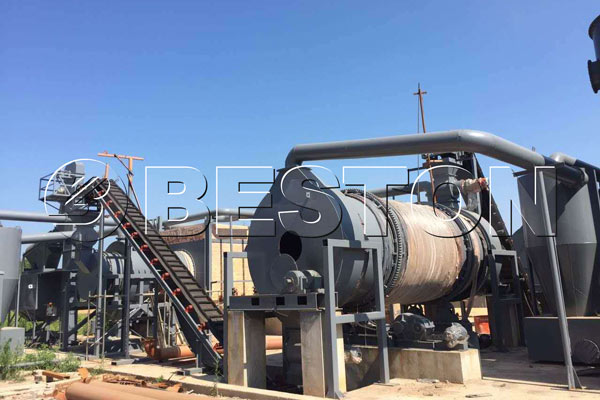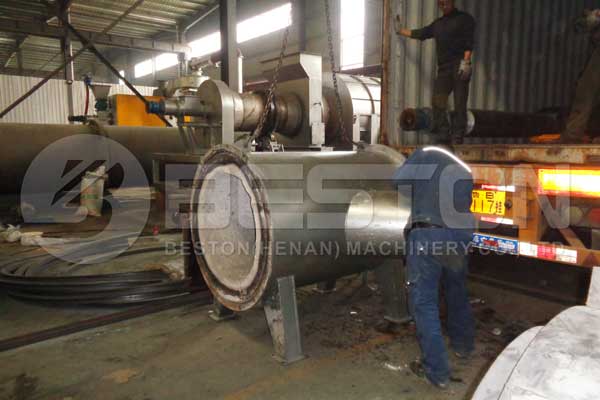In plenty of countries that make large amounts of coconut oil, there is an incredible overabundance of the waste residue biomass materials. With coconuts, there are the shells, plant trimmings, and waste after the oil is extracted from the fruits as well. This all adds up to many millions of tons of biomass that is a huge burden in most coconut oil producing countries. In fact, many times the waste is dumped into ravines and valleys and left to rot, leaching large amounts of rancid wastewater into streams and rivers. Now, most of that organic material can be made into useful products that can be sold for a profit while eliminating the cost and environmental damage caused by dumping or burning the waste. Here are the details of how coconut shells can be made into charcoal by a coconut shell charcoal making machine for sale.

The Charcoal Making Machine Can Take Many Sources of Organic Matter
There are literally thousands of types of biomass that can be made into charcoal. Coconut shells and palm kernels are just a couple of the many great sources of biomass, there are also bamboo trees, sawdust, sewage sludge, paper recycling, yard debris, peanut shells, olive husks, rice hulls, wheat stalks, corn cobs, wood (https://www.bestongroup.com/wood-charcoal-making-machine/) and corn stalks too.
The problem with most organic waste is that there are such incredible quantities of it that it’s hard to get rid of. With much of it, coconut shells included, it is just burned in large piles and not made use of at all. This has two potentially bad outcomes, for one, all of the CO2 that was captured in the coconut shells is then released in the burning process. And, millions of tons of soot is also produced that is allowed to filter down over homes and cities sometimes many miles away.
If instead, all of that coconut shell waste was made into charcoal products, at least some of it would be used to replace fossil fuels, and some would be used in the soil to replenish carbon there. The biochar that is used in soil can last up to 100 years before being completely broken down, that’s like storing carbon in a vast carbon sink, good for the soil and great for the air we breathe.

When the charcoal is made into briquettes, it will eventually be burned and the CO2 is released at that time into the atmosphere. However, burning recycled materials is way different than burning fossil fuels. When the coconut tree regrows the shells, it’s reusing the same amount of carbon over and over again. When we burn fossil fuels, like oil and natural gas, it’s from plants that have been buried for 100 million years ago or more. That’s the difference.
China is a large country where there are a lot of good suppliers of this kind of machine, if you want to learn more info, you can google “biomass charcoal making machine“.
The Coconut Shells Are First Ground To Uniform Size
The first step with any type of organic biomass is to grind it to a manageable uniform size. Approximately 5 cm. is the most workable. If the biomass has more than 20% moisture content, it will have to be dried, either in the sun or by a drying machine.
Then the dried biomass that has been ground to a reasonable size, is placed on a conveyor belt and fed into the pyrolysis reactor. This machine bakes the biomass until some of the volatile matter is released as oil or gases, but nothing burns inside the chamber since oxygen is absent.